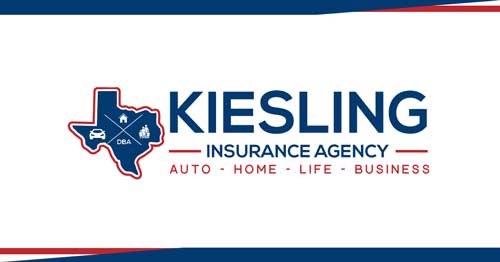How Much Life Insurance Do I Need?
 How Much Life Insurance Do I Need?
How Much Life Insurance Do I Need?
There is no simple answer to this question because the amount of life insurance a policyholder may need will depend on their circumstances and standard of living.
Buying Life Insurance
When you are buying a new policy, it can be overwhelming and confusing. So we’ve put together a few tips to help you navigate the life insurance maze. First, the name of the game is to make sure that you understand what type of coverage is required for your needs. The best way to determine this is to have a conversation with your trusted financial professional. The next step is to determine how much coverage you need in the form of a death benefit. The most accurate way to answer this question is by consulting with a licensed life insurance agent.
The Golden Rule
A good rule of thumb is to get at least 10 times your annual salary in life insurance coverage, though it is likely that you may need more. This amount will cover a variety of expenses, including final costs, debts and income replacement for your loved ones. It can also fund any major lifestyle changes that you have in the works, like buying a new car or starting a family.
Questions To Ask
There are many different types of life insurance, so it’s important to speak with a qualified financial professional about your specific protection needs. When you’re shopping for life insurance, it’s important to choose a company that is financially stable and in good standing with the government. You can do this by checking its financial ratings from organizations like A.M. Best or Standard & Poor’s. The agent you work with should be able to provide a comprehensive explanation of any policy they sell. If a policy includes a lot of terms or is difficult to read, it’s not worth the risk. Similarly, a good insurance agent should be able to show you a number of discounts that can make their product more affordable if needed.
Factors That May Increase Or Decrease
There are a number of factors that may increase or decrease how much life insurance a person may need. These include income, debts, investments and other financial assets. A person’s age also plays a role in how much he or she may need to insure. A younger policyholder is less likely to die within a certain period, reducing the premiums he or she would pay. A history of health problems can also impact how much a person pays for life insurance. A history of heart disease, cancer, diabetes and other serious illnesses can increase a life insurance premium.
Types Of Life Insurance
Term life insurance is the most common and least expensive type of policy. It provides a death benefit for a certain amount of time (typically 10, 15, 20, 25 or 30 years) and requires you to make premium payments throughout the duration of the policy. Permanent life insurance, on the other hand, lasts for your entire lifetime and often includes a cash value component. You can use this cash to pay premiums, borrow against it, or even invest it in a tax-deferred account. There are also supplemental life insurance policies, which are typically offered by employers. These are a great option for people who have mortgages, business loans, or other debt that would not be covered by their beneficiaries if they died. They can be purchased privately as well. They can be especially helpful for parents with young children, who may be financially responsible for them until they become adults.

